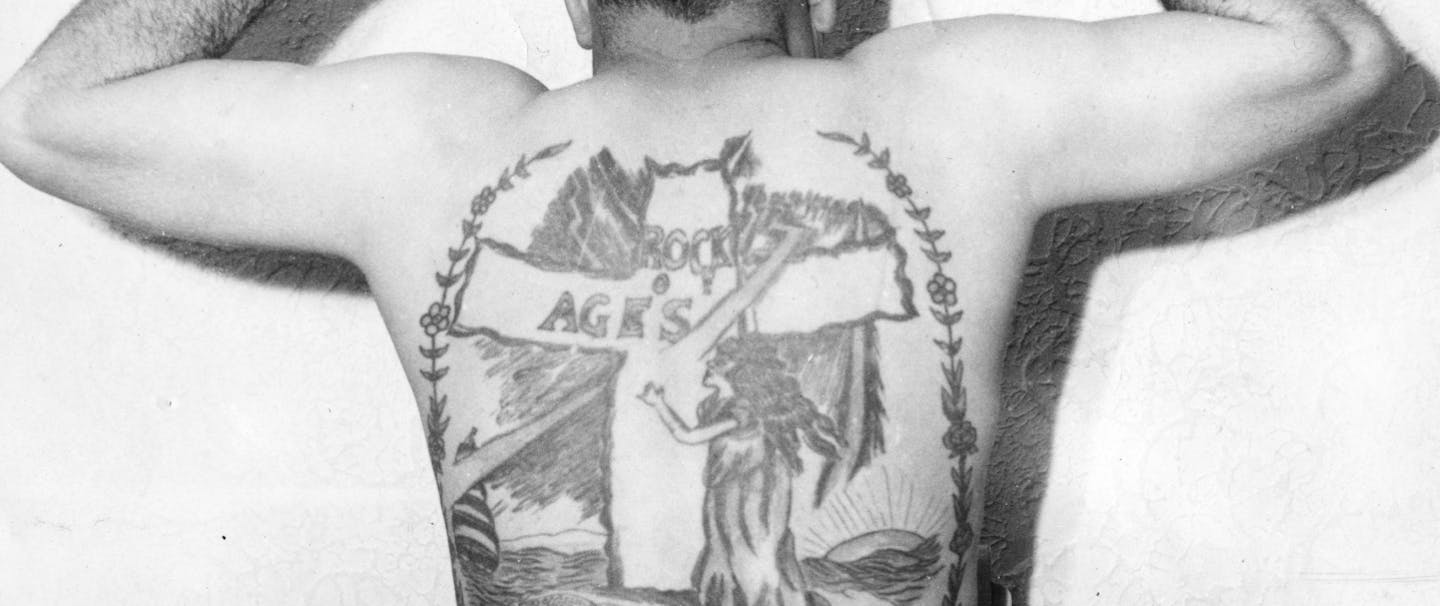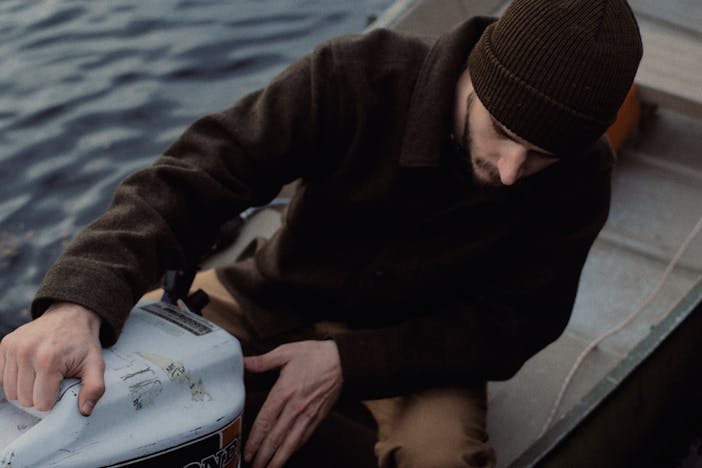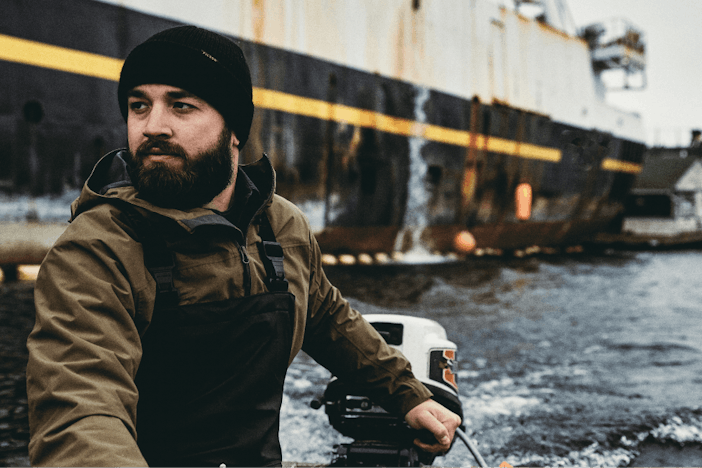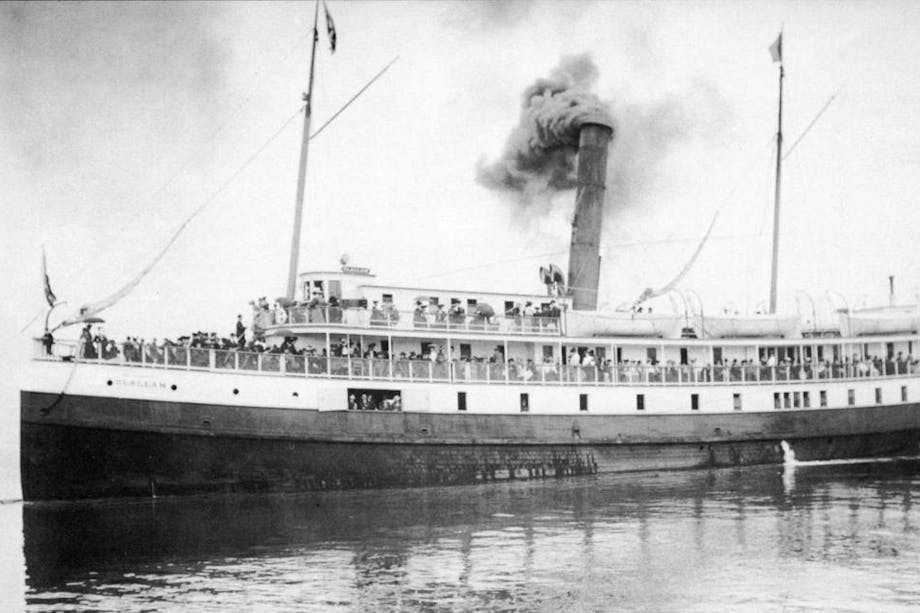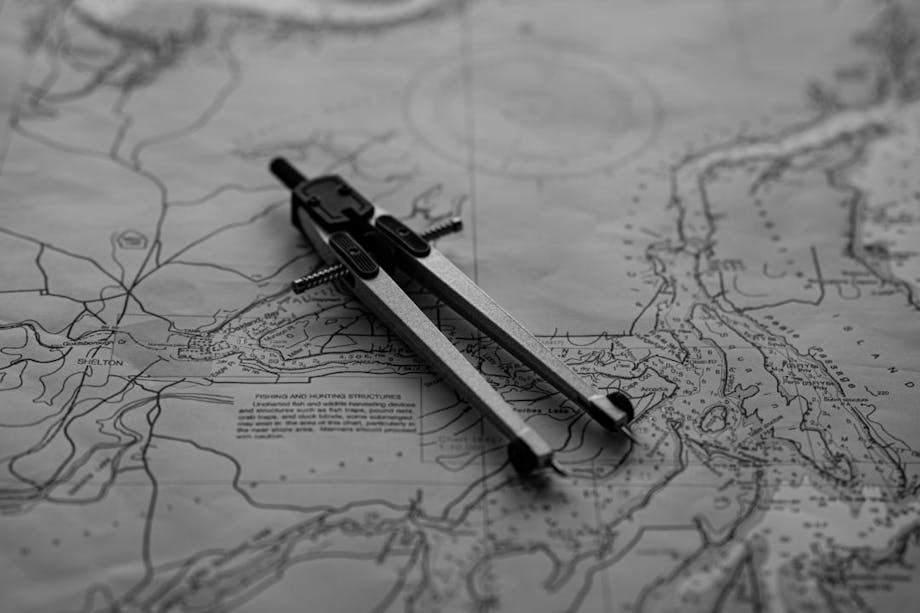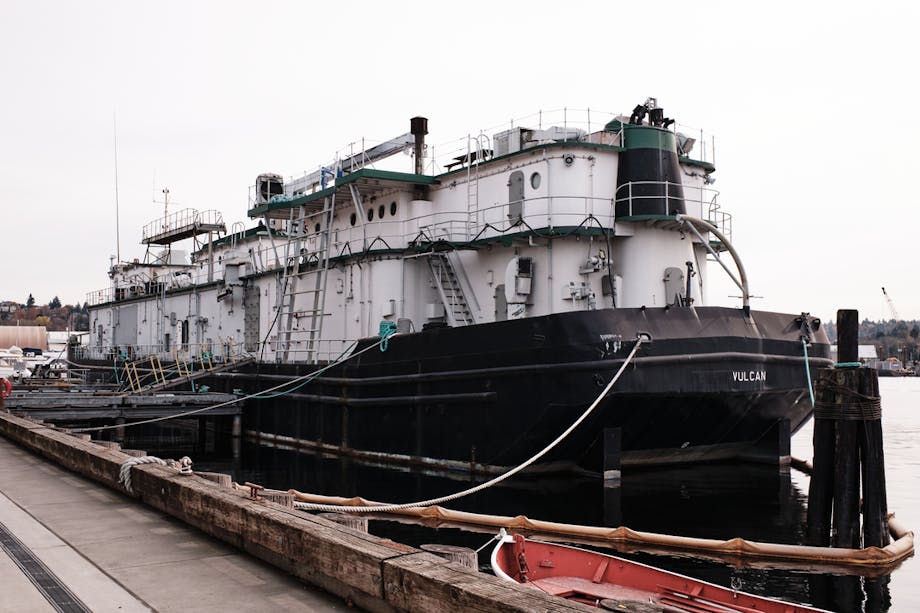Standing out among a variety of styles and techniques, aesthetics, and traditions, perhaps nothing is more recognizable in the tattooing world than the sailor tattoo. Steeped in maritime lore and echoing a chorus of sea shanties across well-navigated oceans, the relationship between sailors and their ink has earned its place in the identity of modern Americana.
While historical evidence of tattoos dates back more than 5,000 years, the modern establishment of the sailor tattoo is difficult to calculate. Many sources lay claim to the South Pacific adventures of British Navy Captain James Cook, who documented encounters with tattooed indigenous groups in the late 1700s. Such claims later inspired Herman Melville’s iconic 19th century novel Moby-Dick. In one of the greatest nautical adventures in the history of American fiction, Moby-Dick’s protagonist Ishmael is joined in his quest to track a violent and elusive whale by shipmate Queequeg, a South Seas Islander and cannibal. Queequeg is marked by a series of distinct interlocking black squares that are later identified as indigenous tattoos. Melville, himself a onetime sailor, drew his inspiration for the Queequeg character from a description of the heavily tattooed historical Māori chief Te Pēhi Kupe. Up to this point, it was primarily European accounts of indigenous populations and their hand-poked techniques that chronicled the art and traditions of tattooing .
It was the work of another former sailor, however, that championed both tattooing and its popularity among maritime clients. In the mid-1880s Samuel O’Reilly, an Irish immigrant from Connecticut, was credited with the design and patent for what would later become the modern electric tattoo machine. O’Reilly’s invention was inspired by the rotary technology of Thomas Edison’s printing pen and was noted for creating more accurate, and less bloody, tattoos. During this period, tattoo parlors enjoyed significant growth in American coastal cities, with O’Reilly himself encouraging fellow tattooers to solicit a growing and dedicated clientele in the maritime industry.
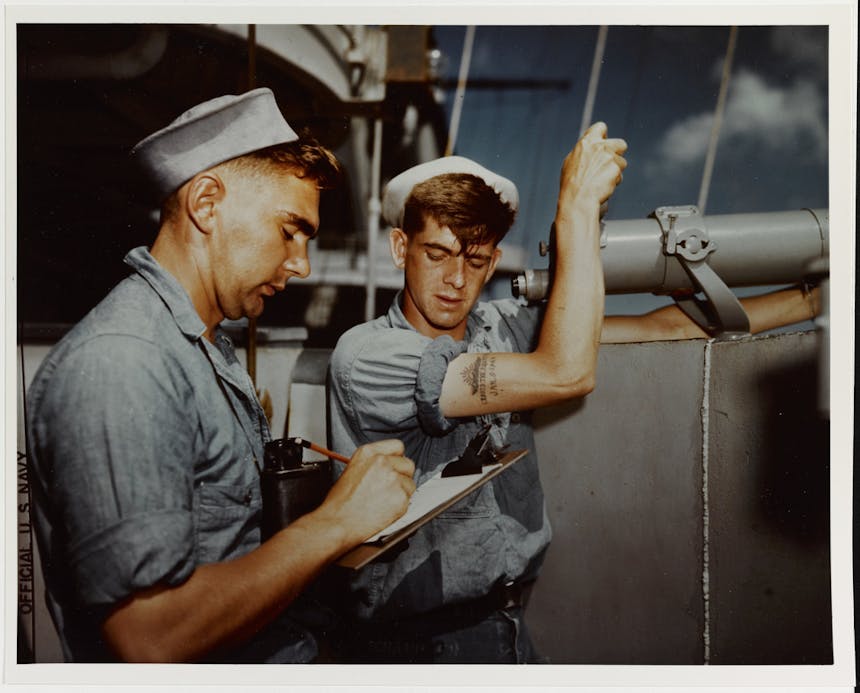
As tattoos grew in popularity among sailors, the meaning of each piece evolved as a marker for the seaman’s identity. A visual language soon developed that was steeped in symbolism and lore, reflecting the sailors’ travels, beliefs, roles, and superstitions. The swallow tattoo, representing an accomplishment of 5,000 nautical miles travelled, also served as a good omen for future voyages, and the hope that the sailor would successfully complete their journey and return to shore. Other more elaborate tattoos also symbolized significant markers for the sailor. A full rig ship tattoo containing at least three visible sails signified a journey around the tip of Cape Horn in South America, while a golden dragon tattoo represented a port stop in China.
Some tattoos were earned via both voyages and initiation and still exist today, such as the shellback turtle tattoo popular among American sailors. A sailor who successfully crosses the equator for the first time earns this privilege, though not without first passing muster at King Neptune’s Court. One of the great unwritten traditions of the United States Navy, the shellback moniker is earned only after facing King Neptune, a role often played by the heftiest sailor on the ship, who brandishes a crown and trident marking his command. Newly minted shellback sailors have to first go through a series of demeaning acts, such as crawling through fresh piles of garbage from the ship’s mess decks, before rising to kiss the bare belly of King Neptune, which is often greased with slickening materials, such as fish innards or lard.
“As tattoos grew in popularity among sailors, the meaning of each piece evolved as a marker for the seaman's identity. A visual language soon developed that was steeped in symbolism and lore, reflecting the sailors’ travels, beliefs, roles, and superstitions.”
Another prominent influence on the emergence of the sailor’s tattoo was a sense of superstition. The anchor symbolized a grounding belief, whether religious or secular, that would protect the bearer from drowning should they be separated from their ship. A nautical star was believed to guide the sailor and keep them on course, while “Hold Fast” across the knuckles symbolized a dedication to their profession and their role on the ship. During Word War II, US Navy sailors began the tradition of tattooing a rooster on top of the right foot and a pig on the top of the left. During this period, livestock were stored aboard naval vessels in lightweight wooden crates, which on sinking ships would float at the surface, often saving sailors and animals alike. Maritime ratings were also represented via tattoos, both in military and civilian careers, such as crossed anchors (deck hand or USN Boatswain’s Mate) or crossed cannons (USN Gunner’s Mate).
Perhaps no other figure has been more responsible for the relationship between sailor and tattoo than Norman Keith Collins, popularly known as Sailor Jerry. A train hopper and wanderlust born in Reno, Collins first learned tattooing at a young age from Big Mike, a hand-poke tattooer from Palmer, Alaska. Collins eventually enlisted in the US Navy, and it was during a stint in the Great Lakes that he was introduced to electric tattooing by Chicago tattooist Tatts Thomas. By the 1930s, Sailor Jerry was tattooing regularly, eventually settling in Honolulu, Hawaii, where he continued to develop his iconic style, influenced by nautical symbols, maritime superstitions, and his travels to Asia. He became a significant culture figure and legend throughout the tattoo world, later hosting a popular radio show and captaining tour ships of the Pearl Harbor Memorial. Replications of Sailor Jerry’s hand-drawn art sheets or “flash” remain some of the most recognizable tattoo images in the modern era of the art form.

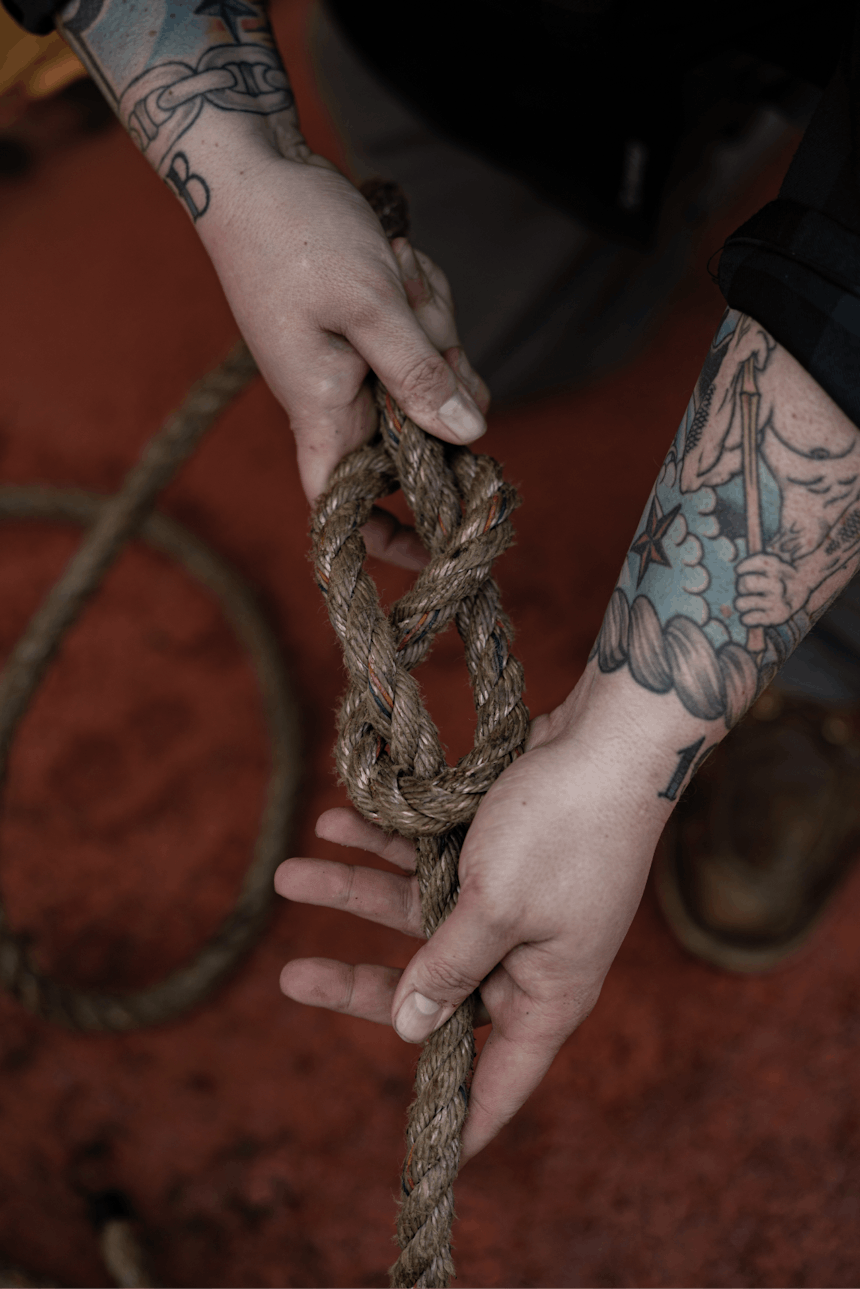
Today, a culture of tattooing sailors and sailor tattoos continues in ports and cities across the globe. In Honolulu, Sailor Jerry’s original Old Ironside parlor remains the oldest tattoo shop in Hawaii. His longtime rival Lyle Tuttle’s Tattoo Studio and Museum still exists in the North Beach neighborhood of San Francisco, a former red light district that’s still sailor-heavy and was once famously known as The Barbary Coast. In Seattle, the maritime working waterfront neighborhood of Ballard is home to several reputable tattoo parlors that service the maritime industry, including Slave To The Needle, Rabid Hands, and Anchor Tattoo. As far north as Alaska, traditional sailor tattoos share space with indigenous Pacific Northwest designs at shops such as High Tide in Juneau and Tatau in Anchorage. While the contemporary popularity of tattoos has somewhat lessened the immediate association with the salty and world-worn sailor, the history, meaning, and symbolism of the sailor tattoo marks it as a permanent tradition.
